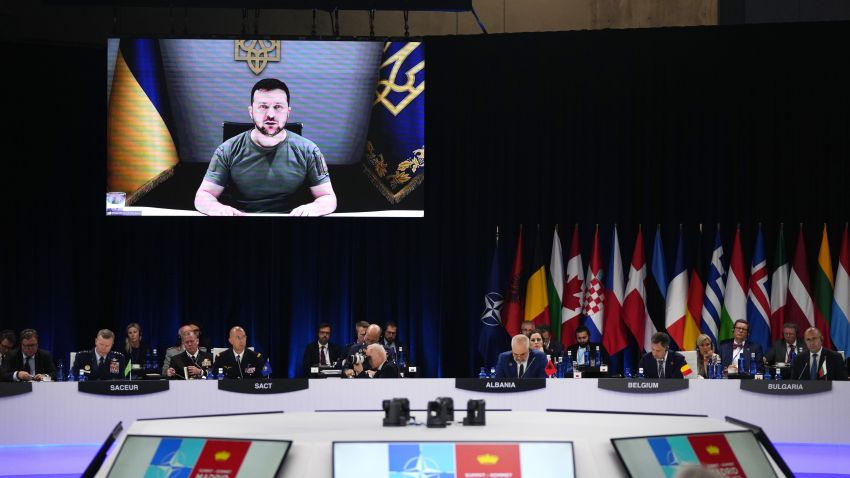The war in Ukraine took a dramatic turn last weekend when the Ukrainian military launched a massive counteroffensive, perhaps the largest since World War II, against Russian-occupied territory. The operation was designed as a one-two punch, with Ukrainian forces simultaneously launching a smaller attack near the city of Kherson to the south and a larger, more forceful advance near the city of Kharkiv to the east. With the offensive at Kherson having drawn away the bulk of Russia’s forces, the strike at Kharkiv was able to cut through thinned Russian lines.
Just a week ago, it seemed that the war would remain a drawn-out stalemate, with an ever-rising death toll. Comparisons to the eight-year Iran-Iraq War, which resulted in well over a million battlefield deaths, seemed apt. But suddenly and stunningly, the tide of the Russo-Ukraine war has turned, with the Ukrainians regaining thousands of square miles in a few days, territory that took Russia months to acquire at great cost in terms of materiel and men.
To be clear, the war is not over. Russia still controls large swaths of Ukrainian territory. Moreover, given the rapidity of the Ukrainian counterattack, there is the possibility that Russia could mount its own riposte at Ukraine’s stretched supply lines. But Russia is now in danger of losing not only the territory it acquired since the start of its February invasion, but even the Crimean Peninsula, which it has controlled since it annexed it in 2014.

